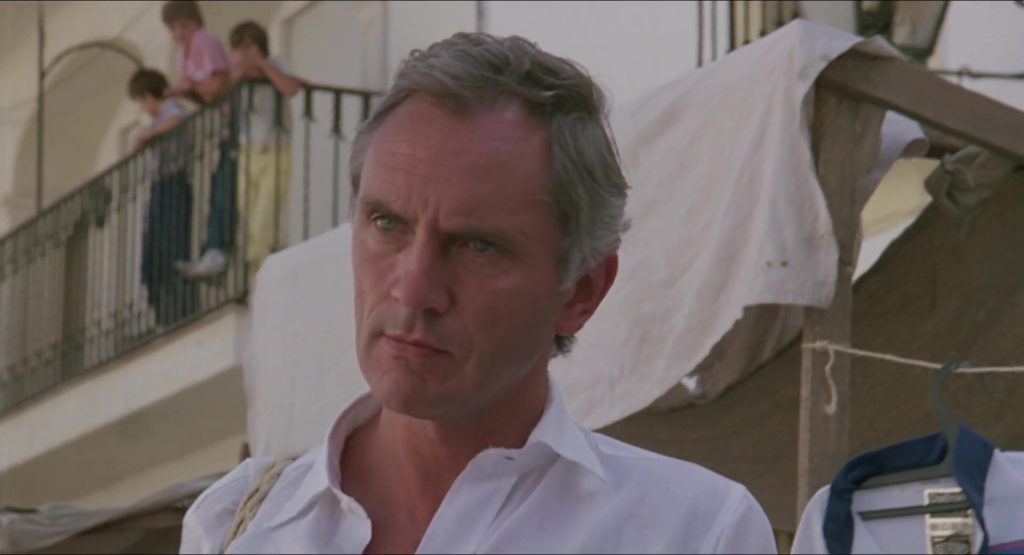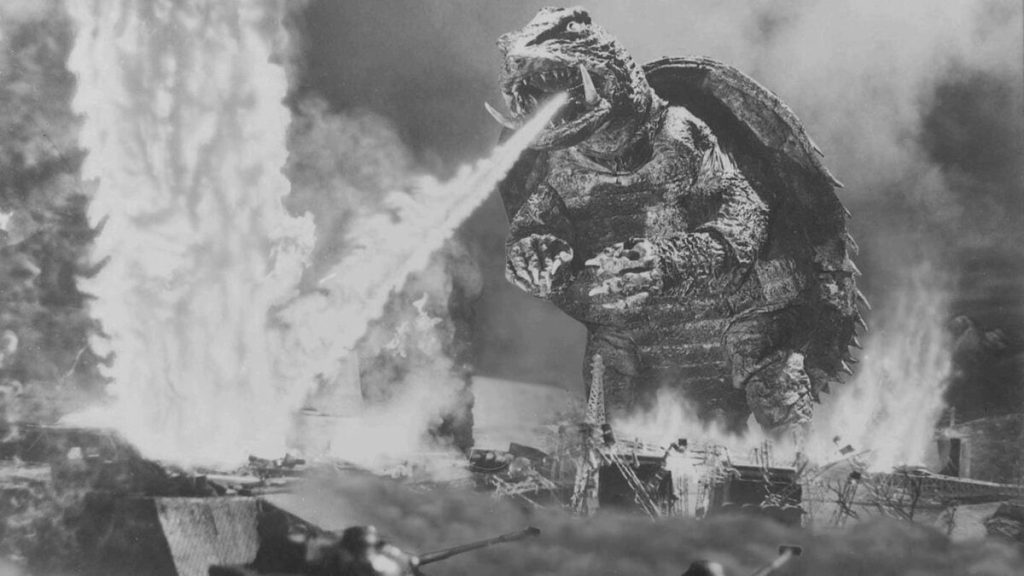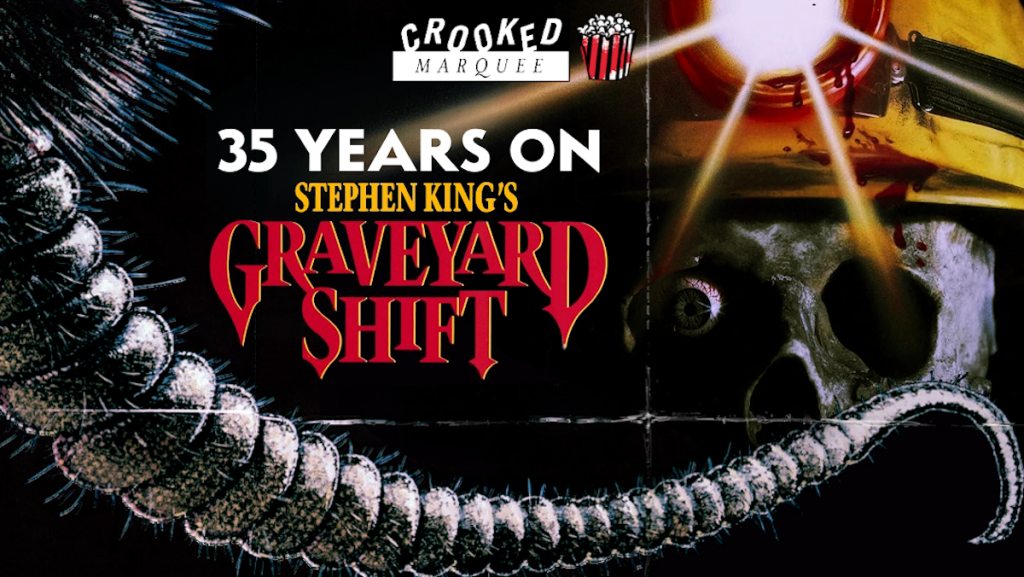When Terence Stamp died in August at the age of 87, the headlines predictably referred to his most popular role as the imperious General Zod in the classic 1978 and 1981 Superman films. Folks online groused about such an eclectic career being reduced to a part in a superhero franchise, much in the way every master British thespian is now doomed to be called “Harry Potter actor” when they croak. Thing is though, Stamp’s work as Zod really was an astoundingly witty performance – easily the best supervillain in cinema — making droll use of the actor’s regal bearing and otherworldly presence. He claimed to be from Stepney but a part of me always believed that Terence Stamp might very well be an alien from another planet. Up until I heard the news, I wasn’t sure that he really could die.
It’s those piercing blue eyes and the implacable interiority. Pasolini’s Teorema needed a guy who could believably saunter in and seduce every member of a bourgeois family so hard they become either catatonic or Communists. (You can’t imagine the movie with anybody else.) He was an immortal Billy Budd, as if the actor fell to earth just to play Melville’s doomed seraphic seaman. In 1999, Steven Soderbergh built a shrine to Stamp with the prismatic crime movie classic The Limey, in which his aging, impossibly elegant Cockney hoodlum cut a swath through a rotting Los Angeles. Fifteen years before, the actor’s ethereal presence had anchored an even moodier gangster movie, Stephen Frears’ The Hit.
Inspired by the true-life tale of an armed robber who ratted out 32 associates in exchange for immunity, The Hit stars Stamp as Willie Parker, an impish, surprisingly literate scoundrel laying low in the deserts of Spain ten years after sending all his old accomplices to the clink. But the past catches up with Parker, as he always assumed it someday would. He’s nabbed by a brusque Irishman named Braddock (John Hurt, behind a pair of Ray-Ban Wayfarers) and his numbskull protégé Myron (Tim Roth) who has the bleached hair and attire of a soccer hooligan. The two are tasked with dragging Parker to Paris, where he can face the wrath of his old boss, Corrigan (played silently in flashbacks by British folkie Lennie Peters.)
Braddock is lean, mean and barely speaks – an anomaly for Hurt, an actor who usually plays verbose eccentrics. He smokes more than he talks, but it’s admittedly tough to get a word in edgewise around Myron, a rookie and a flake played with typical gusto by Roth, making his big-screen debut after some hugely influential television work. The role was originally to be played by Joe Strummer, but his band wasn’t keen on him taking so much time away from the day job, so The Clash frontman told Frears “to get that skinhead instead,” referring to Roth’s role in Alan Clarke’s Made in Britain.

What rattles them is how chill Parker is about the whole deal. He never puts up a fight or tries to flee, at times even assisting his increasingly bumbling captors. It’s an expert use of Stamp’s stillness and screen presence. The more serene he is, the more it throws badass Braddock off his game. The elder assassin starts making stupid mistakes, screw-ups that leave them saddled with a young female hostage (Laura del Sol) on whom he can’t quite seem to pull the trigger. Few actors fall apart as elegantly as Hurt. He seems to be crumbling behind those sunglasses. Parker’s gotten inside his head, planting sly insinuations and pointed asides. Here’s where Stamp’s playfulness as an actor comes in especially handy — he’s able to make being beatific into a way of fucking with you.
Peter Prince’s screenplay would seem to owe a debt – at least conceptually – to Ernest Hemingway’s short story The Killers, in which a professional hitman is confounded by his prey’s readiness to die. The story was previously adapted into two terrific B-movies, first in 1946 by director Robert Siodmak in the screen debut of a hunky young actor named Burt Lancaster. Then Don Siegel’s 1964 take on the tale featured Ronald Reagan’s first and only villain role, at least as an actor. (There’s an incredibly cathartic, oft-rewatched scene in which John Cassavetes socks the Gipper in the jaw.) But Frears has always angrily harumphed off suggestions that his film has anything to do with the Hemingway story. The man harrumphs like few others, but I’m still not buying it.
The Hit perplexed audiences on its initial release, promising a down-and-dirty crime picture and delivering existential malaise instead. In 1984, the movie was at least ten years ahead of or behind its time, a mood piece more suited to ‘70s New Hollywood revisionism or the ‘90s indie revolution. The Spanish deserts leave these inner city gangsters lost in the cinematic language of a Western. Everyone looks out of place save for Stamp, perhaps too symbolically dressed head-to-toe in white, while seeming to levitate above the proceedings. At one point, he even reads aloud John Donne’s “Death, Be Not Proud (Holy Sonnet 10)” but the words are wasted on his abductors.
They understand eventually, when it catches up with them. After all, death catches up with everyone. Even Terence Stamp.
“The Hit” is streaming on the Criterion Channel, Amazon Prime, Tubi, and Plex.



